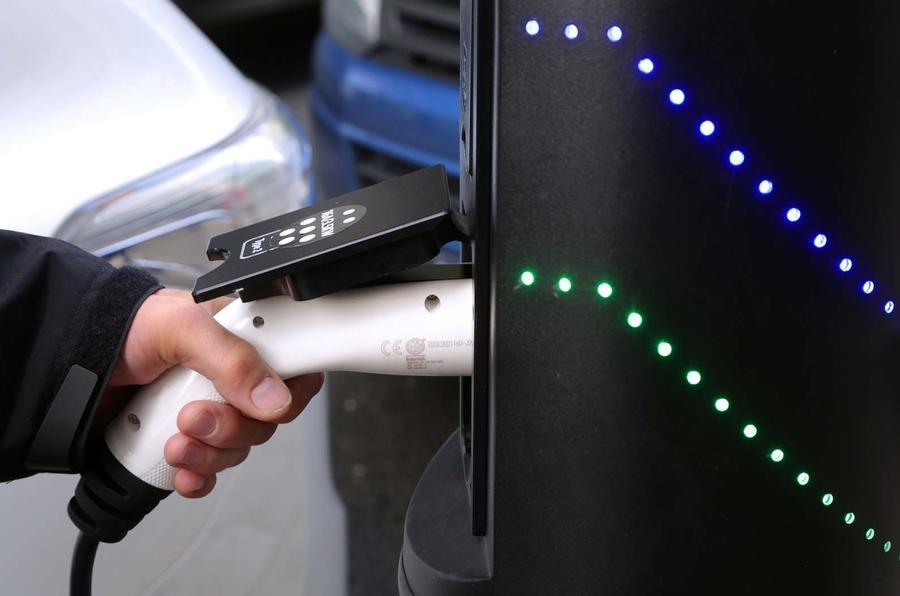For the third time in less than two years, the government has cut the Plug-in Car Grant (PiCG) available to buyers of electric cars. And for the third time in less than two years, we’re left scratching our heads trying to work out why.
At the start of 2020, anyone buying an electric car would have been eligible for a £3500 grant. But from today, the maximum grant offered is £1500 - and it's available only for those priced at less than £32,000.
At face value, the government’s explanation has some merit: there's a limited pot of money available to fund the grants for the next two years and reducing the grants offered to each car buyer ensures that pot can be spread among the widest number of buyers. It also claimed the price cap ensures that the grants will be focused on the lower end of the market.
But while the government said the changes are designed to “target less expensive models”, the fact is that by cutting the grant, even the cheapest electric car on the market costs £1000 more today than it did yesterday. At a time when the cost of living is going up, the government has just made electric cars substantially more expensive,
You can argue that reducing the maximum price of eligible cars is justified. EVs now account for more than one in 10 cars sold in the UK, and the number of them being offered is growing rapidly.
When the government last reduced the maximum price of cars eligible for the PiCG (from £50,000 to £35,000) in March, it prompted several car firms to cut the prices of a number of cars so that they would still be eligible for the scheme. The government likely figures that will happen again now, pushing down the price of EVs further.
There’s a risk, though: in several cases, those price cuts were achieved by introducing lower-spec versions of models. But due to the high cost of batteries and electric motors, it’s really difficult for car makers to produce affordable EVs: there’s a reason why the Volkswagen Group has delayed its £17,000 "affordable" models such as the Volkswagen ID 2 until 2025.








Join the debate
Add your comment
You also have to remember that the Treasury is currently losing fuel tax revenue from each new EV purchase going forward, so there is no excuse to retain subsidies now the EV market is well established.
I agree it would be better to increase tax rates on large dirty SUV's, putting this money into increasing the number of on-street chrging points.
Nah. Government has no business subsidising new cars for those that can afford them. The money would be better spent on, say, insulating homes where people can't afford to do so.
There are 1,000,001 things the government should be spending tax-payers money on before subsidising luxury purchases like new EVs.